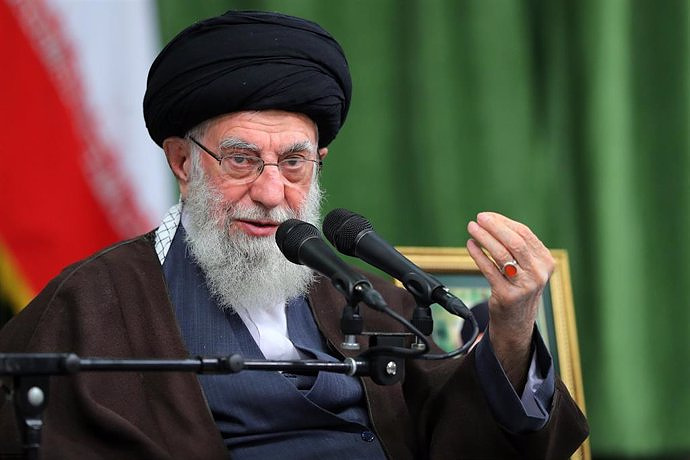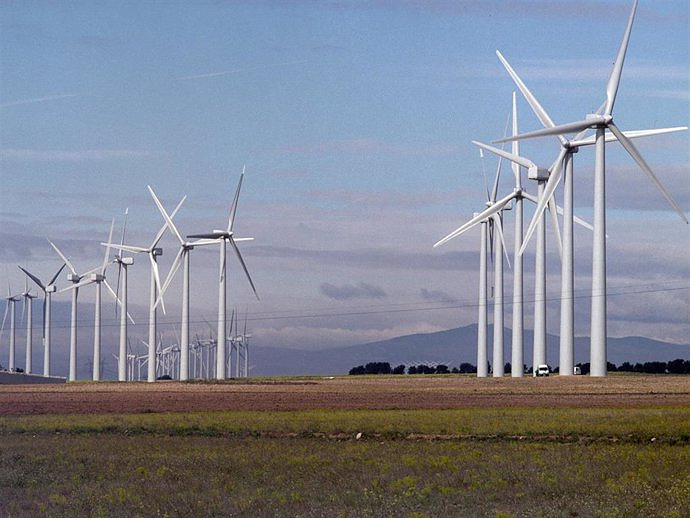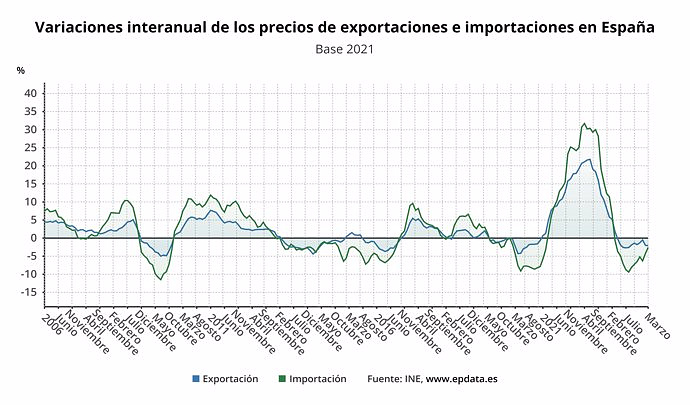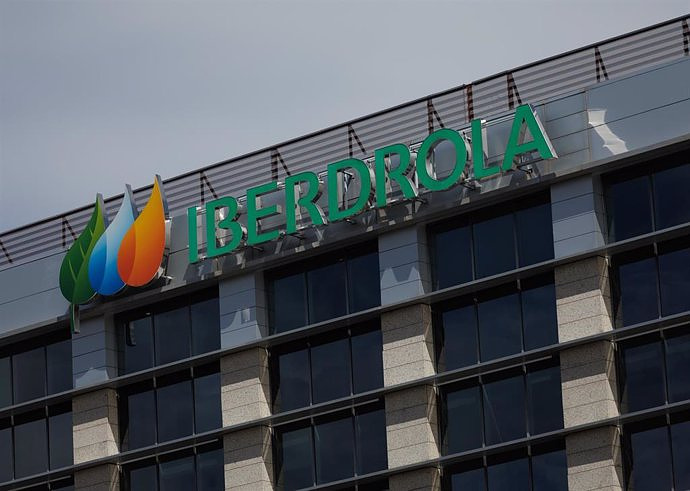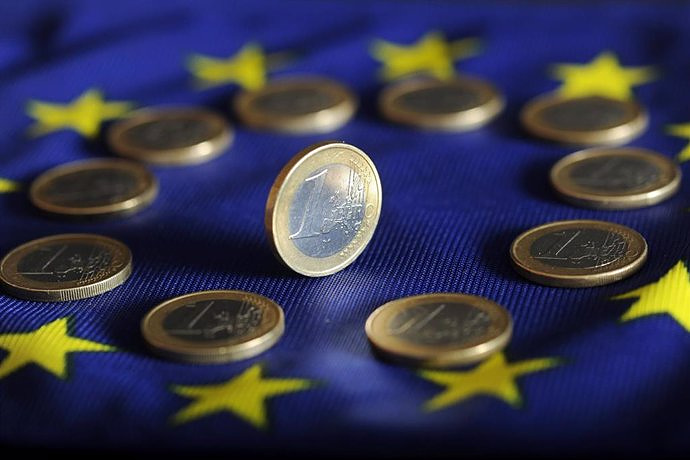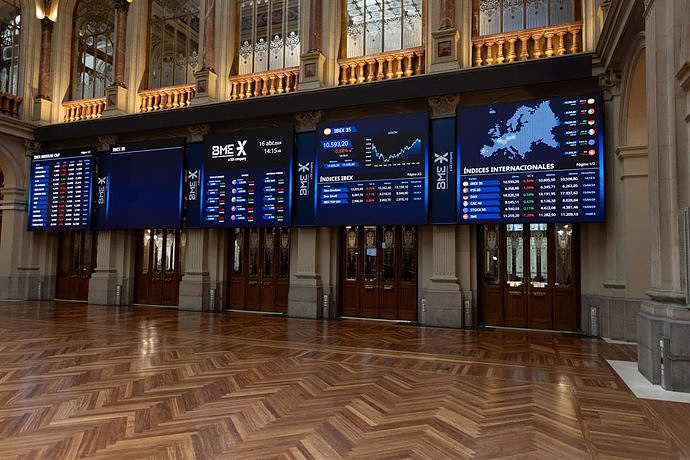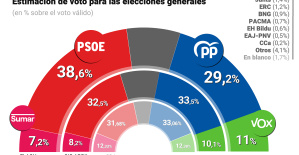MADRID, 15 Abr. (EUROPA PRESS) -
For more than four decades, Iranian authorities have helped form and strengthen a network of armed groups in the Middle East that have played a growing role in the conflict in the region, especially following the outbreak of hostilities in the Gaza Strip. after the attacks carried out on October 7 by the Islamic Resistance Movement (Hamas).
Iran, considered for years a country slightly on the margins of the region due to its Persian past and its overwhelming Shiite majority, has managed to increase its military projection in part of the region compared to its historical rival, Saudi Arabia, which has been materialized following the US invasion of Iraq and reinforced since October 7.
The so-called 'axis of resistance', made up mainly of Tehran, Damascus, the Lebanese Shiite party Hezbollah and several Palestinian armed groups, has expanded its capabilities after the overthrow of Saddam Hussein in 2003, which allowed Iran to increase its influence in the country, with a Shiite majority, also achieving a land connection with Lebanon through Syria.
Tehran has taken advantage of its influence within the Shiite communities of the region - mostly Sunni - to exploit their traditional marginalization and lack of opportunities to fuel political and military projects that have allowed it to increase its influence and even pose a threat in various areas. fronts for its main rival, Israel, and its greatest ally, the United States.
At the forefront of these efforts is the Quds Force of the Revolutionary Guard, in charge of operations abroad and currently headed by Esmail Qaani, who replaced Qasem Soleimani after his death in a bombing carried out by the United States in January 2020 against the airport in Iraq's capital, Baghdad.
However, although Iran has various levels of influence over these groups, all of them have their own interests, mainly aimed at national objectives, and sometimes act without the acquiescence of Tehran.
Among these formations, Hezbollah stands out, considered one of the largest paramilitary forces in the Middle East and with considerable influence through its political arm in the affairs of Lebanon. The group has been fighting with Israel on the common border for more than six months, following the hostilities unleashed after the Hamas attacks.
The group (Party of God) was founded in 1982 in the context of the war between Lebanon and Israel by a group of Shiite clerics who defended the ideological line of the leader of the Islamic Revolution of Iran, Ayatollah Ruhollah Khomeini, which which allowed Iran from the beginning to shape this group, currently its most important military ally in the region.
Hezbollah - which receives financial support, weapons and technological capabilities from Iran - has been especially active in the region for years to fight against the Israeli occupation of territory in Lebanon, with direct involvement in supporting Syrian President Bashar al Assad. , in the civil war that broke out in 2011.
For its part, Hamas is one of the groups with the greatest capacity to carry out attacks against Israel, as was evident in the assaults carried out on October 7, which left some 1,200 dead and nearly 240 kidnapped.
The Islamist militia, created in 1987 by Ahmed Yasin and Abdulaziz al Rantisi - both killed in Israeli bombings in 2004 - from a charitable organization established by the Muslim Brotherhood after the outbreak of the First Intifada with the aim of fighting Israel , whose existence he does not recognize.
Hamas grew over the years to become the main political and military force in the Occupied Palestinian Territories, taking advantage of the disaffection among the population due to the lack of progress in the peace process with Israel and the continuation of Israeli territorial expansion in the West Bank and East Jerusalem. through the lifting of settlements.
Finally, the group was victorious in the 2006 elections, which led to intra-Palestinian clashes that left the group at the forefront of the Strip, from where they launched their unprecedented assault against Israel in what was described as the 'Flood of Al Aqsa', which arrived after years of tensions and before a drastic uptick in violence and Palestinians killed at the hands of Israeli forces during the first months of 2023.
Also in Gaza, Iran supports Islamic Jihad, the second most relevant Palestinian armed group and equally involved, although to a lesser extent, in the October 7 attacks. Despite this, these formations have less sophisticated weapons than Hezbollah and depend fundamentally on guerrilla warfare to combat the Israeli offensive.
On the other hand, Iran supports the Houthi rebels, who established authorities not recognized by the international community in 2014 after taking control of the capital of Yemen, Sanaa, and parts of the north and west of the country within the framework of a civil war against the central authorities, backed by a coalition led by Saudi Arabia.
The rebels, who have managed to resist the attacks of the international coalition, had reinforced their contacts with international mediation in view of a peace agreement after Iran and Saudi Arabia normalized their relations in March 2023, although in recent months have carried out attacks against ships in the waters of the Red Sea and the Gulf of Oman.
The Houthis, who would have weapons and training provided by Iran, have become the main threat to navigation in this area, which is strategically important for international trade. The group has stated that its only target is ships with some type of link to Israel and the vessels of the United States and the United Kingdom since they began their bombings against Yemen in response to their attacks, while they have assured that they will end their activities if There is a ceasefire in Gaza.
Likewise, the Iranian authorities support Shiite militias in Iraq, where they played an important role in the fight against the US invasion and also participated in the authorities' offensive against the jihadist group Islamic State, which allowed them to obtain significant combat capabilities. .
These groups, including Kataib Hezbollah, Al Nujaba and Asaib Ahl al Haq, have been behind dozens of attacks against Israeli territory and against US military facilities in the country and in Syria after the outbreak of the conflict in Gaza, including one on late January that left three dead at a base on the border between Syria and Jordan.
These Iraqi formations are now part of Iraq's security apparatus, which has caused growing tensions between Baghdad and Washington due to the American bombings against them, which have even led the Iraqi authorities to demand the departure of their country from the international coalition against Islamic State, of which Spain is part.
Finally, Iran supports armed groups in Syria, as well as the Syrian Armed Forces. The main ones are the Fatemiyún Brigade and the Zainebiyún Brigade, linked to the Iranian Revolutionary Guard and active in the Arab country thanks to funds and material support from Tehran.
Syria has been one of Iran's main allies in the region since the Islamic Revolution of 1979 and has been one of Israel's main concerns due to their shared border in the Golan Heights - partially occupied by Israel - and the increase in the activities of Tehran and Hezbollah in this territory, which represents a third front for the Israeli Army.

 Exploring Cardano: Inner Workings and Advantages of this Cryptocurrency
Exploring Cardano: Inner Workings and Advantages of this Cryptocurrency Seville.- Economy.- Innova.- STSA inaugurates its new painting and sealing hangar in San Pablo, for 18 million
Seville.- Economy.- Innova.- STSA inaugurates its new painting and sealing hangar in San Pablo, for 18 million Innova.- More than 300 volunteers join the Andalucía Compromiso Digital network in one month to facilitate access to ICT
Innova.- More than 300 volunteers join the Andalucía Compromiso Digital network in one month to facilitate access to ICT Innova.-AMP.- Ayesa acquires 51% of Sadiel, which will create new technological engineering products and expand markets
Innova.-AMP.- Ayesa acquires 51% of Sadiel, which will create new technological engineering products and expand markets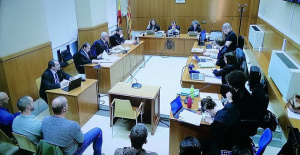 Sentences of up to 7 years for four police officers for illegal detention and injuries to a young man in Barcelona
Sentences of up to 7 years for four police officers for illegal detention and injuries to a young man in Barcelona They investigate in Jaén the death of a six-year-old boy whose mother shows signs of self-harm
They investigate in Jaén the death of a six-year-old boy whose mother shows signs of self-harm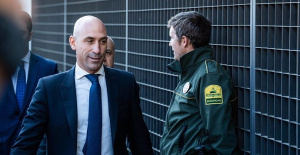 The judge orders Rubiales to appear in court once a month and ask for permission if he travels abroad
The judge orders Rubiales to appear in court once a month and ask for permission if he travels abroad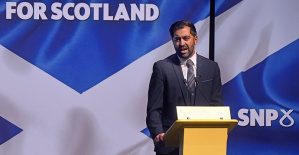 Scotland's First Minister resigns after the breakdown of the Government coalition
Scotland's First Minister resigns after the breakdown of the Government coalition How Blockchain in being used to shape the future
How Blockchain in being used to shape the future Not just BTC and ETH: Here Are Some More Interesting Coins Worth Focusing on
Not just BTC and ETH: Here Are Some More Interesting Coins Worth Focusing on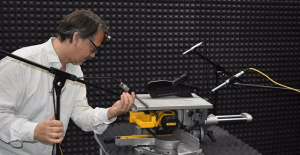 They create a bank of machinery sounds to prevent breakdowns through artificial intelligence
They create a bank of machinery sounds to prevent breakdowns through artificial intelligence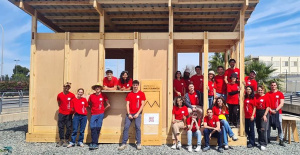 UPV students build a prototype of a wooden house to move to Equatorial Guinea
UPV students build a prototype of a wooden house to move to Equatorial Guinea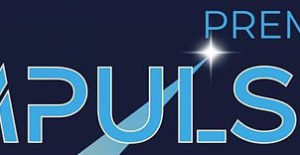 The UA opens the call for the Impulso 2024 Awards for the best innovative business initiatives
The UA opens the call for the Impulso 2024 Awards for the best innovative business initiatives ALI, virtual assistant from Alicante, internationally recognized by the OECD
ALI, virtual assistant from Alicante, internationally recognized by the OECD A million people demonstrate in France against Macron's pension reform
A million people demonstrate in France against Macron's pension reform Russia launches several missiles against "critical infrastructure" in the city of Zaporizhia
Russia launches several missiles against "critical infrastructure" in the city of Zaporizhia A "procession" remembers the dead of the Calabria shipwreck as bodies continue to wash up on the shore
A "procession" remembers the dead of the Calabria shipwreck as bodies continue to wash up on the shore Prison sentences handed down for three prominent Hong Kong pro-democracy activists
Prison sentences handed down for three prominent Hong Kong pro-democracy activists ETH continues to leave trading platforms, Ethereum balance on exchanges lowest in 3 years
ETH continues to leave trading platforms, Ethereum balance on exchanges lowest in 3 years Investors invest $450 million in Consensys, Ethereum incubator now valued at $7 billion
Investors invest $450 million in Consensys, Ethereum incubator now valued at $7 billion Alchemy Integrates Ethereum L2 Product Starknet to Enhance Web3 Scalability at a Price 100x Lower Than L1 Fees
Alchemy Integrates Ethereum L2 Product Starknet to Enhance Web3 Scalability at a Price 100x Lower Than L1 Fees Mining Report: Bitcoin's Electricity Consumption Declines by 25% in Q1 2022
Mining Report: Bitcoin's Electricity Consumption Declines by 25% in Q1 2022 Oil-to-Bitcoin Mining Firm Crusoe Energy Systems Raised $505 Million
Oil-to-Bitcoin Mining Firm Crusoe Energy Systems Raised $505 Million Microbt reveals the latest Bitcoin mining rigs -- Machines produce up to 126 TH/s with custom 5nm chip design
Microbt reveals the latest Bitcoin mining rigs -- Machines produce up to 126 TH/s with custom 5nm chip design Bitcoin's Mining Difficulty Hits a Lifetime High, With More Than 90% of BTC Supply Issued
Bitcoin's Mining Difficulty Hits a Lifetime High, With More Than 90% of BTC Supply Issued The Biggest Movers are Near, EOS, and RUNE during Friday's Selloff
The Biggest Movers are Near, EOS, and RUNE during Friday's Selloff Global Markets Spooked by a Hawkish Fed and Covid, Stocks and Crypto Gain After Musk Buys Twitter
Global Markets Spooked by a Hawkish Fed and Covid, Stocks and Crypto Gain After Musk Buys Twitter Bitso to offset carbon emissions from the Trading Platform's ERC20, ETH, and BTC Transactions
Bitso to offset carbon emissions from the Trading Platform's ERC20, ETH, and BTC Transactions Draftkings Announces 2022 College Hoops NFT Selection for March Madness
Draftkings Announces 2022 College Hoops NFT Selection for March Madness